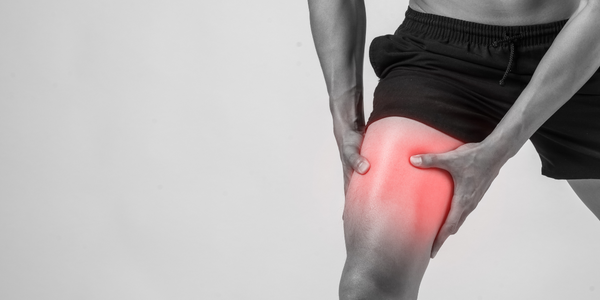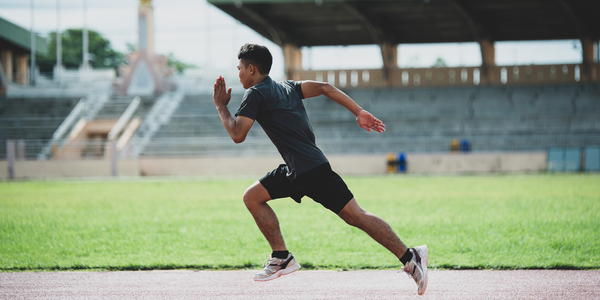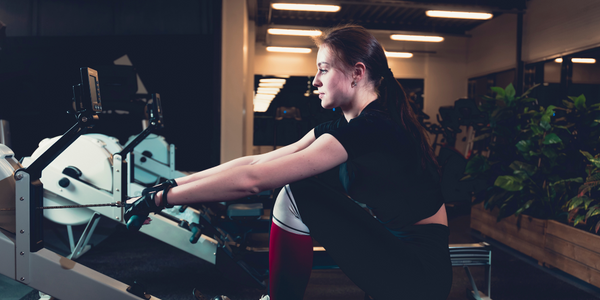More and more people, especially working professionals, tend to have a sedentary lifestyle which is quite dangerous. It’s because the sedentary lifestyle is associated with several health issues such as weight gain, obesity, high blood pressure, reduced stamina, and even depression in some cases.
So, how should you deal with a sedentary lifestyle? Well, if you have this question in mind, this blog is for you. Here we’ll discuss 7 effective ways to improve a sedentary lifestyle.
What Do You Mean by Sedentary Lifestyle?
A sedentary lifestyle refers to the activities wherein you spend little energy while being awake. For instance, watching TV, talking to someone for hours while sitting or lying down, working in front of the computer, or driving for extended periods of time. A sedentary lifestyle leads to weight gain, obesity and chronic health issues as a result of it. To lead a healthier life, it’s important to find and put into practise effective ways to be more active and combat a sedentary lifestyle.
7 Effective Ways to Improve Sedentary Lifestyle
Here are 7 effective ways to improve a sedentary lifestyle.
Jump Into Some Physical Activity Each Morning
If you start your day on a lazy note, you’ll end up being lazy all day long. So, include some physical activity each morning right after you get up. While it is mandatory to do at least a 30-minute moderate workout session everyday, some stretches and even brisk walking would work in the beginning to get into the habit of leading a healthier and more active life. Once you form a habit, you can slowly increase the intensity of the physical activity.
Pro Tip: Ask your partner/parent to push you for a few days. It’ll help you form a habit.
1. Cycle/Walk to Work if You Can
If your office is located at a walkable/cyclable distance, cycle or walk to your office. However, if the distance is higher, you can always park your car at a distance from your office and walk from there. This will help you automatically include some physical activity if you can’t get up early.
Pro Tip: Partner with your friend or college at your workplace and walk or cycle the distance together.
2. Say Goodbye to Elevators and Take The Stairs Instead
When it comes to choosing between the stairs and lift, most of us choose the latter. After all, it’s easier to press a button than to climb up several sets of stairs, right? However, this is not healthy in most cases.
So, if you can, take the stairs and not the lift. This will help improve blood circulation, lower the blood pressure and enhance your overall heart health.
Pro Tip: Let’s say if you want to reach the 5th floor, take the lift for the first 3 floors and then climb up the stairs. This way you’ll be able to form a habit. Also, reward yourself with something tasty each time you climb up the stairs to keep yourself motivated.
3. Try Walking After Lunch
It’s natural to feel sleepy post-lunch, especially if you have had a heavy calorie-rich meal. However, you don’t necessarily have to go through that sleepiness. After having your lunch, go for a walk with your colleagues for at least a km and feel the difference.
Pro Tip: Try to eat something light for lunch. And add some snacks in the evening if you feel hungry.
4. Walk or at Least Stand While Making a Phone Call
Smartphones allow us to answer a phone call while standing, walking, or even running. So, why not use it in your favor.
If you’re a person who takes long calls while sitting, you’re exhibiting highly sedentary behaviour. Fortunately, you can change it by walking, standing, or even running while you answer the phone.
Pro Tip: Keeping your phone to your ear can be tiring. So, use earphones or bluetooth earphones for convenience.
5. Keep a Note of All the Sedentary Activities you Do
You need to know the problem before you can solve it, right? So, determine whatever sedentary activities you do in a day. Keep a note of all of them and then try to deal with them, one by one. For instance, if you find yourself talking over the phone while sitting, stand up instantly or start walking.
Pro Tip: Ask your loved one to point out your sedentary behaviours tlo you. Others are usually good at noticing such behaviour and holding you accountable for the same.
6. Set Goals
It might sound simple, but without setting goals, you can’t do anything. So, set goals like:
- Walk 10,000 steps each day.
- Or run a mile every two days.
Once you’re able to achieve these goals, you’ll notice a drastic decrease in your sedentary lifestyle.
Pro Tip: Set goals you can easily accomplish in the beginning and slowly raise the bar. You can also explore how dieting can change your lifestyle.
With the above methods/ways up your sleeve, you can easily overcome a sedentary lifestyle that will help you lose weight and be more active. However, one thing that can be a game-changer and help you with faster and better results is the Burn Slow weight loss supplement from Wellbeing Nutrition. Burn Slow is a time conscious supplement containing liquid L-carnitine that can help you stay energetic and promote healthy weight loss.
Also,the Burn Slow supplement comes with caffeine that provides energy to your body, chromium that regulates cravings, and l-carnitine that helps improve stamina and recovery.
Wrapping Up
A sedentary lifestyle is a passive issue that can have consequences in the future, if not dealt with in time. So, if you think you’re leading a sedentary lifestyle, follow the above-given methods and add Burn Slow to help you lose weight faster.
References
Park, J. H., Moon, J. H., Kim, H. J., Kong, M. H., & Oh, Y. H. (2020). Sedentary Lifestyle: Overview of Updated Evidence of Potential Health Risks. Korean journal of family medicine, 41(6), 365–373. https://doi.org/10.4082/kjfm.20.0165
Whittaker, A. C., Eves, F. F., Carroll, D., Roseboom, T. J., Ginty, A. T., Painter, R. C., & de Rooij, S. R. (2021). Daily stair climbing is associated with decreased risk for metabolic syndrome. BMC public health, 21(1), 923. https://doi.org/10.1186/s12889-021-10965-9
Gallagher, T., & You, Y. J. (2014). Falling asleep after a big meal: Neuronal regulation of satiety. Worm, 3, e27938. https://doi.org/10.4161/worm.27938

























